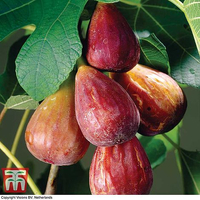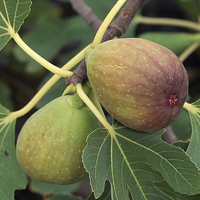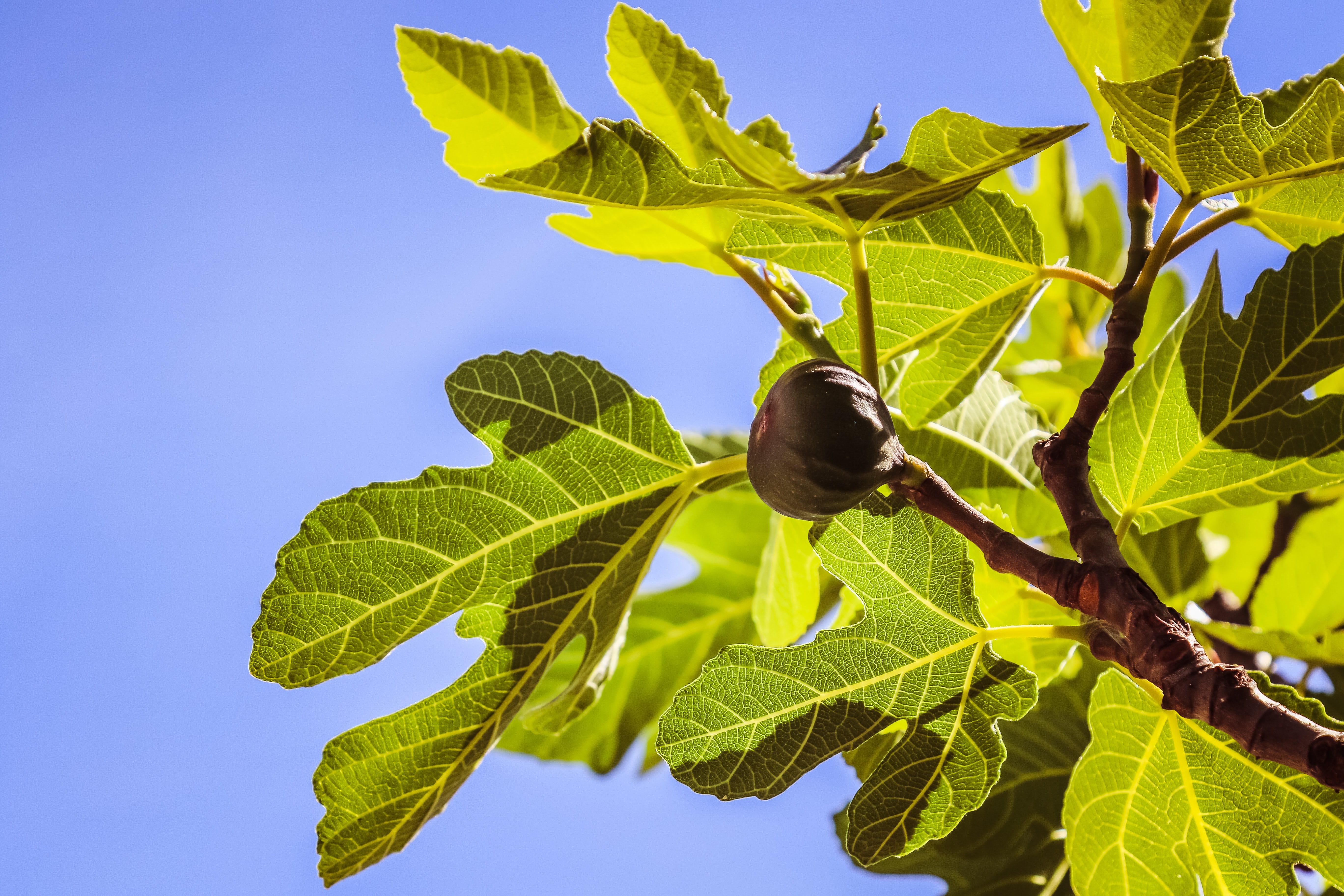
Learn how to grow fig trees – and you'll have a crop of ripe fruits to enjoy every autumn. Figs are one of the ultimate delights of the autumn garden, and fig trees aren't very difficult to grow, despite their somewhat exotic Mediterranean origin. It's true that they're much happier in Turkey or Italy than in the UK, but, with a carefully chosen spot and a decent summer, they can still thrive.
- Get more garden ideas in our ultimate gallery
- Browse fig trees to buy at Thompson & Morgan
Fig trees grow surprisingly well in Britain, first imported by the Romans. There is no one fig variety that can be singularly referred to as 'the fig', but Brown Turkey is the one you'll probably see in garden centres most often. There are many more to choose from (more on that below), but, before planting a fig tree in your garden, find out if it's fully hardy or not. If it isn't, then your fig will need to grow in a container and be overwintered in a greenhouse or conservatory.
Find out more about successfully growing figs below – and see our favourite fig trees to buy at the bottom of the page.
How to grow fig trees: Monty Don's top tips
As Monty Don points out in a recent Instagram post, figs love the sun; 'If we had had more sun the quality would have been even better', he explains. So, take this as your cue for planting fig trees in the sunniest, most sheltered spot you can find in your garden.
The perfect place for figs is next to a south-facing garden wall: not only will this maximise sun and heat getting to your tree, but it will also restrict root growth somewhat. Figs have very vigorous roots and sometimes can put all their energy into developing those rather than into fruiting.
1. Plant fig trees into soil that's not too rich, as this, again, can lead to the tree developing too vigorously, without putting enough energy into fruiting.
2. Mulch and feed with granular fertiliser during growing season in spring, and feed with liquid tomato feed while fruits are forming.
3. Fan train the tree: figs can grow quite tall, making picking fruit at the top very difficult. So, prune young trees into a fan shape by pinching out every other young shoot. More developed trees can be pruned in March/April: cut off about a third of the branches to achieve the desired shape. Then, in summer, prune any branches that are growing fast outwards.
4. Protect your fig trees during hard frosts by wrapping them in bubble wrap or horticultural fleece. Container figs should be moved into a bright spot indoors.
Pruning fig trees: is it necessary?
While not strictly necessary, pruning your fig trees makes harvesting figs so much easier. Figs can grow very tall, and if you can't pick the figs from the top of your tree, this may result in a weaker crop next year. It all depends on what you want your fig tree for: if it's primarily for the fruit, then prune it into the fan shape we discussed earlier. If you're happy with just a beautiful tree (that won't necessarily bear much fruit), you don't have to prune it.
Should I be restricting fig tree roots?
Some people believe that you have to plant fig trees into a hole filled with rubble at the base, or the fig tree roots be too vigorous. But this isn't really necessary if you've chosen the planting spot well. While it's true that there are varieties of fig trees with exceptionally vigorous roots, these mainly grow in Bangladesh.
When to harvest figs
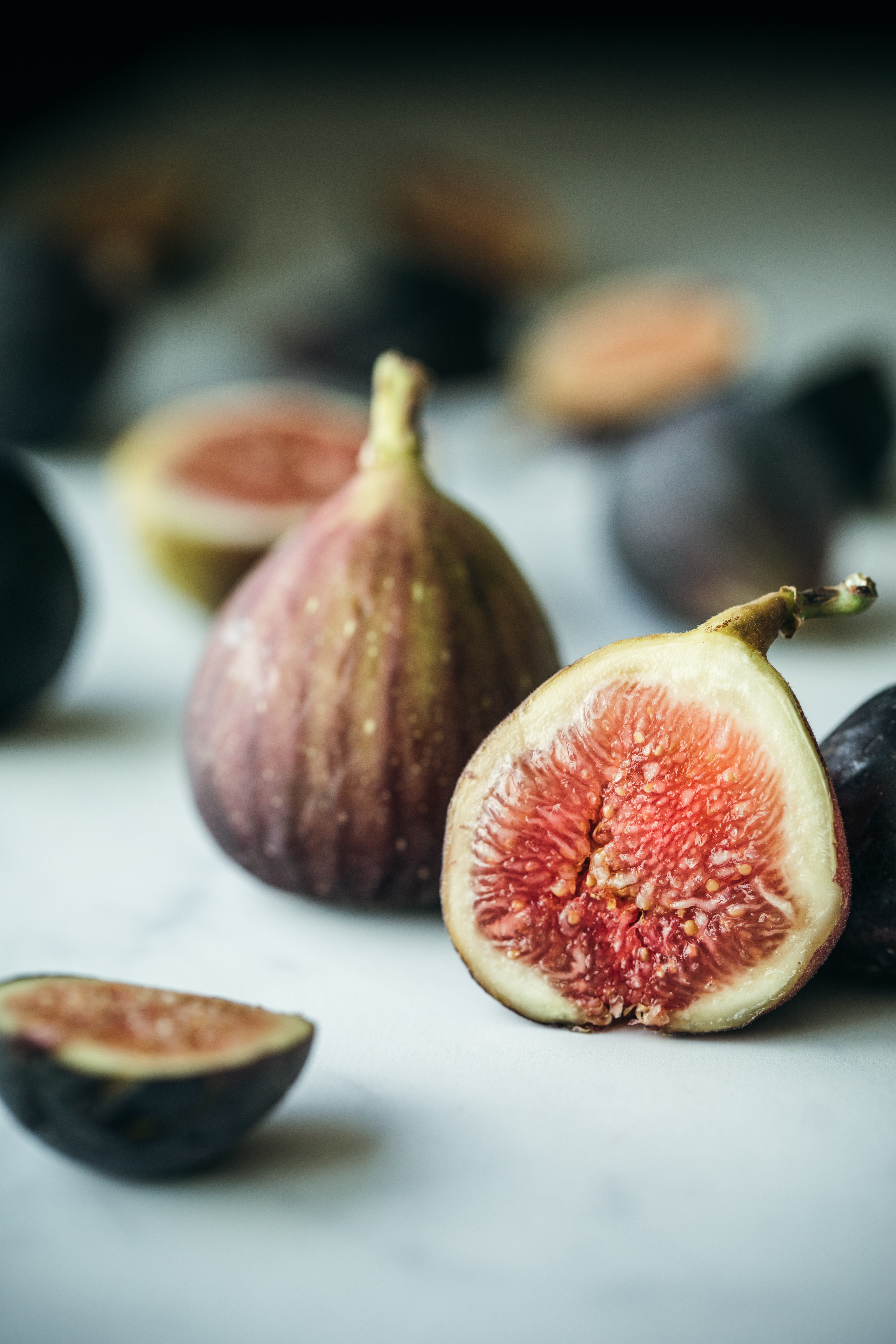
Depending on the variety, your figs will begin to ripen any time between late summer in August and mid-October. Not all ripe figs are uniformly purple – in fact, some varieties still look green even when ripe – so you'll have to feel them to see if they're ready. A ripe fig feels very soft to the touch, almost to the point of the skin splitting. If your figs are still a bit hard, you can leave them on the tree up to mid-October.
Any fruit that hasn't ripened by mid- to late October will not ripen at all, and you must remove this fruit, as it can inhibit fruiting next year and weaken your tree. However, if you notice any tiny figs – these are called fruitlets – leave them on, as they will be viable and will start developing again next spring. If there's a warm spell in winter, some fruitlets will start developing then – unfortunately, you'll have to remove them.
Which fig variety should I choose?
There are lots of different varieties of fig trees to choose from: 'Brown Turkey' is the most common variety found in Britain and is hardy, but also consider 'Brunswick' (large green fruits) or 'White Marseille' (large yellow fruits). If growing in a container, you can't go wrong with the delightful 'Rouge de Bordeaux' variety, which produces small, dark purple fruits with ruby-red flesh.
Fig 'Brown Turkey' from £9.99 at Thompson & Morgan
Specially selected for the UK climate, Fig 'Brown Turkey' is fully hardy and can be grown very successfully outdoors. This popular self fertile fig tree produces large crops of sweet, juicy figs with a deep red flesh under their brown skins.
Fig 'Brunswick', £23.99 at Thompson & Morgan
An attractive self fertile tree with handsome foliage, that produces a heavy crop of medium sized pear-shaped figs. The green skinned fruits have a delicious, sweet flavour and yellow and red flesh.
Read more:
Join our newsletter
Get small space home decor ideas, celeb inspiration, DIY tips and more, straight to your inbox!
Anna is a professional writer with many years of experience. She has a passion for contemporary home decor and gardening. She covers a range of topics, from practical advice to interior and garden design.
-
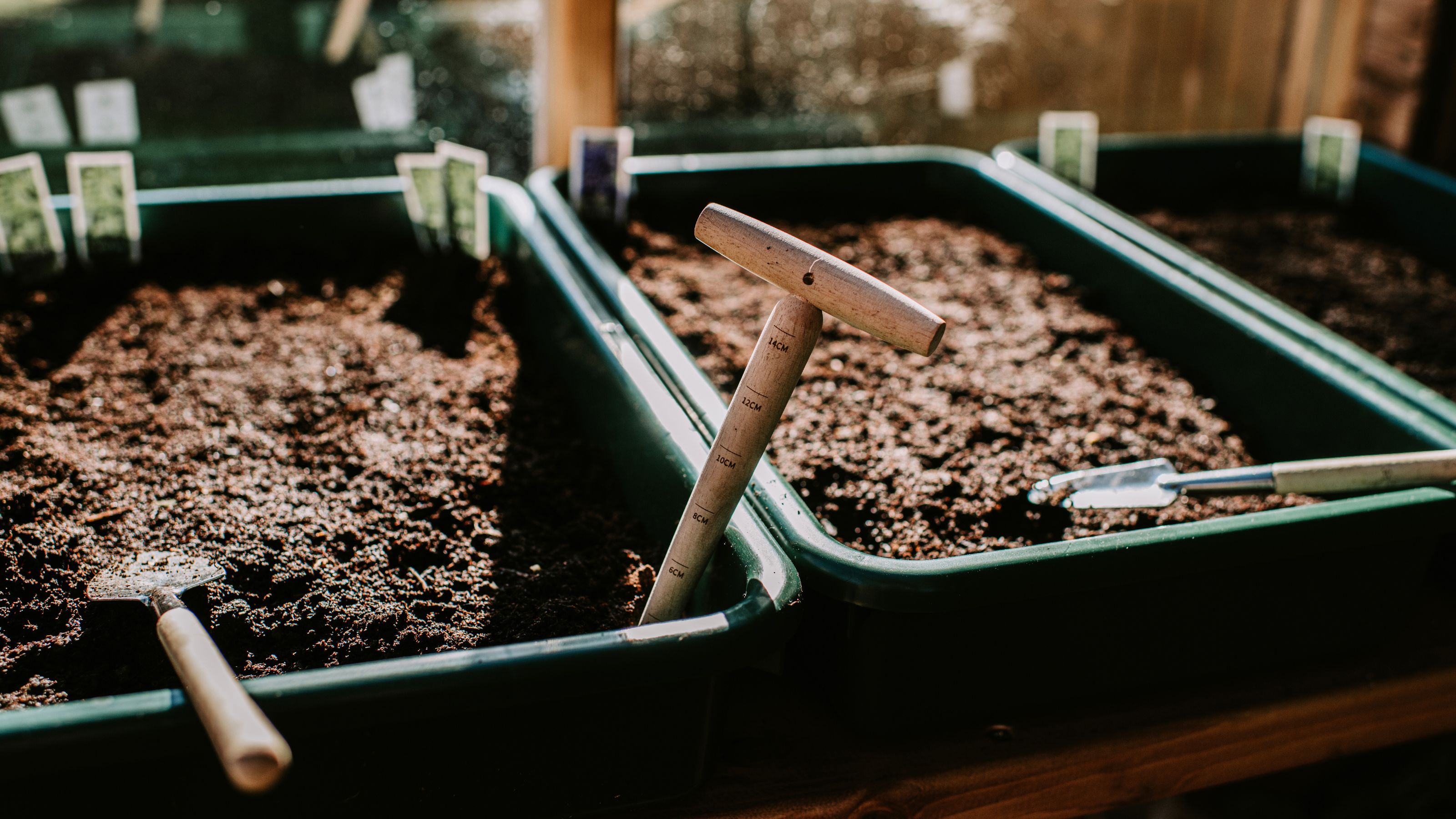 How to make compost — 8 easy steps gardening pros always use
How to make compost — 8 easy steps gardening pros always useLearn how to make compost at home in seven easy steps, whether you have a bin or want to create a compost heap. We've asked pros for their top tips
By Eve Smallman
-
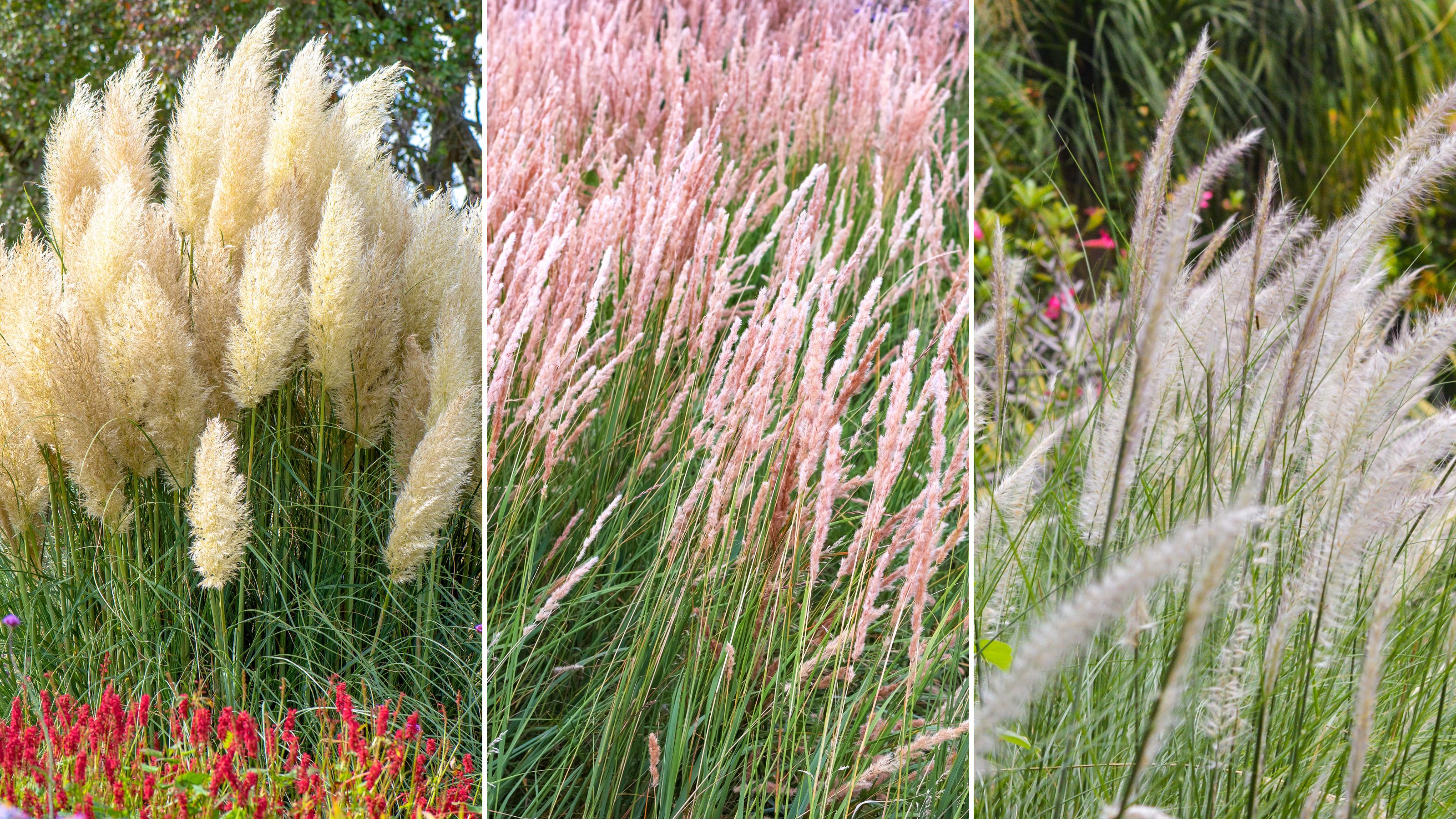 Planting ornamental grasses — the best types experts love and how to grow them
Planting ornamental grasses — the best types experts love and how to grow themWe've got you covered on planting ornamental grasses, speaking to experts about what ones to grow, how to grow them, and factors to consider
By Eve Smallman
-
 "Grotty" terrace is transformed with French flair and Ibiza vibes in the garden
"Grotty" terrace is transformed with French flair and Ibiza vibes in the gardenEsther Pillans' tired-looking Victorian terraced house was given a makeover with a touch of Parisian chic
By Ellen Finch
-
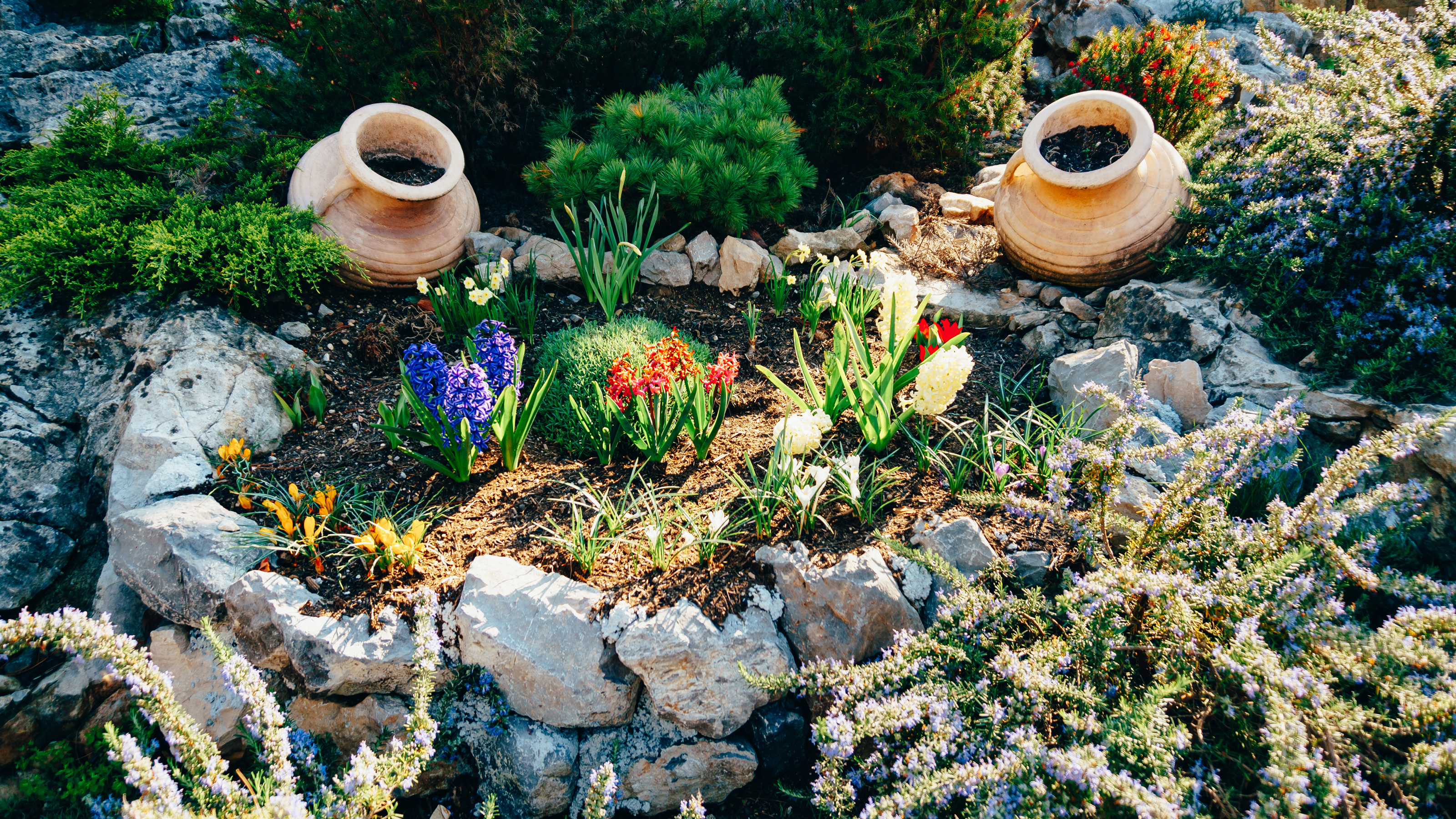 Rock garden ideas – 10 DIY ways to create a rockery
Rock garden ideas – 10 DIY ways to create a rockeryThese rock garden ideas are suitable for outdoor spaces big and small. Create your own rockery on a lawn or even on a balcony with just a few materials.
By Anna Cottrell
-
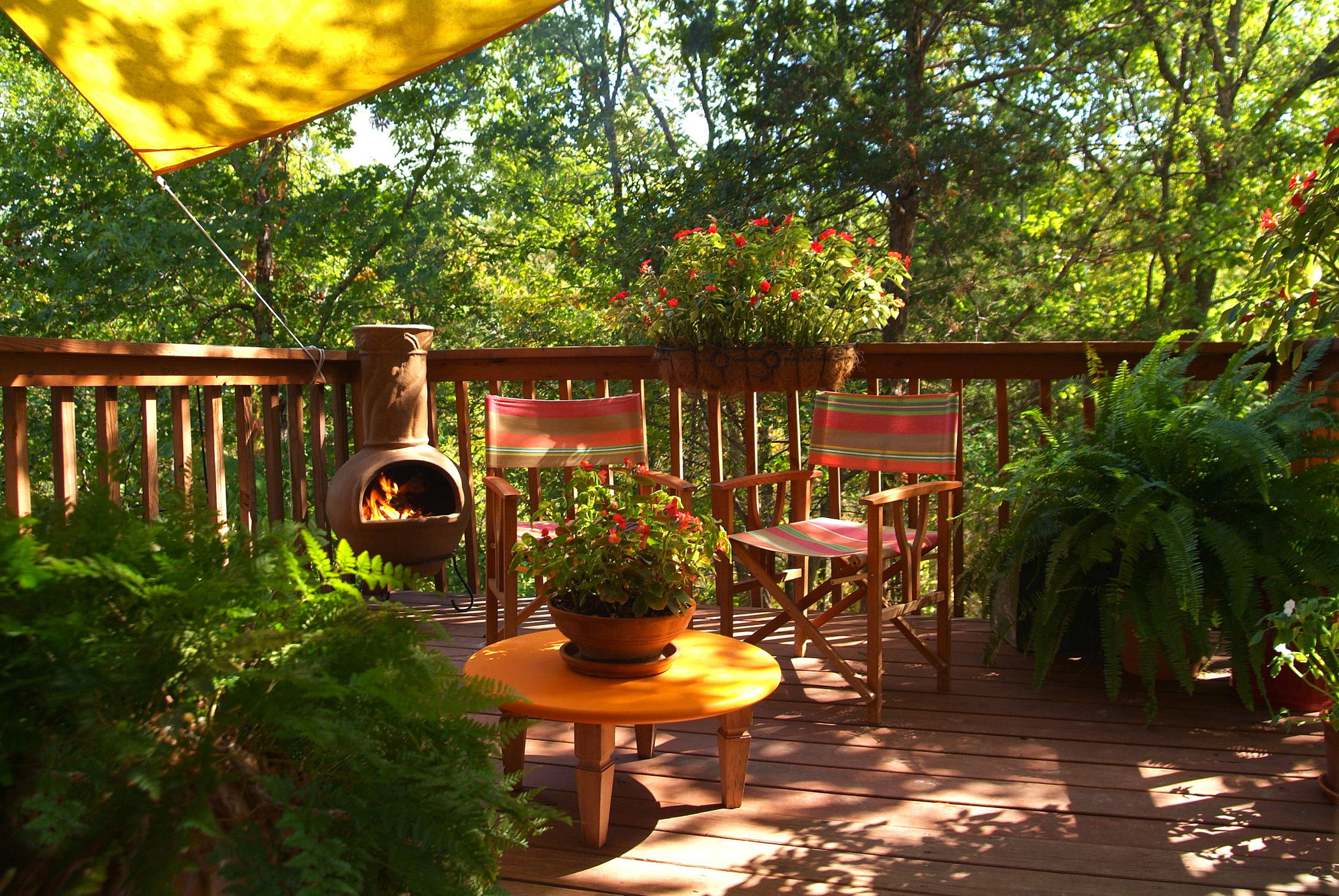 Cabin fever? These chimineas will extend the life of your patio
Cabin fever? These chimineas will extend the life of your patioThis cold-weather season, cozy up to our favorite chimineas!
By Brittany Romano
-
 5 outdoor summer essentials to prove Society6 is your one-stop-shop this season
5 outdoor summer essentials to prove Society6 is your one-stop-shop this seasonCheck off all of your outdoor summer essentials by shopping exclusively at Society6.
By Brittany Romano
-
 The first-ever Etsy outdoor sale is happening now, and we're buying these 5 items
The first-ever Etsy outdoor sale is happening now, and we're buying these 5 itemsFor a limited time, this Etsy outdoor sale will give your backyard the facelift it needs — at a fraction of the cost.
By Brittany Romano
-
 The benefits of houseplants – 8 feel-good ways plants help your health
The benefits of houseplants – 8 feel-good ways plants help your healthEnjoy the many benefits of houseplants. Air-purifying, anxiety-soothing, mood boosting and more positive vibes.
By Camille Dubuis-Welch
